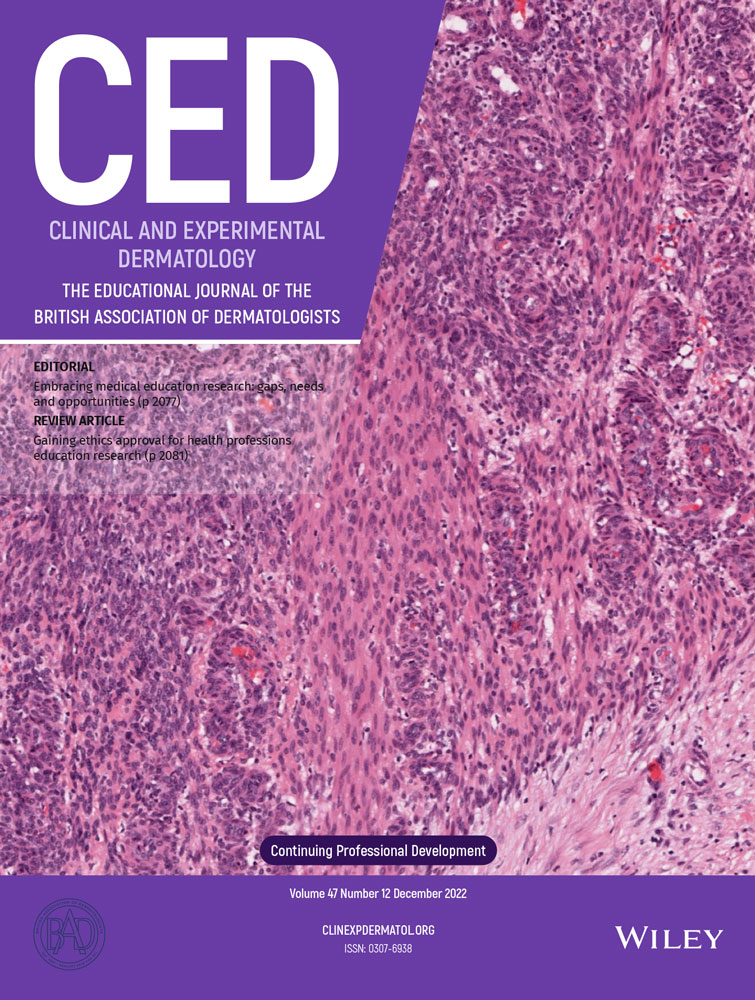Characterization of mutations leading to recessive dystrophic epidermolysis bullosa and Marfan syndrome in a single patient
Abstract
Dystrophic epidermolysis bullosa (DEB) is a rare genetic skin disorder. In this report we have investigated an Italian child affected with recessive DEB (RDEB) and demonstrated that he was homozygous for the mutation R226X in the type VII collagen gene (COL7A1), leading to absence of type VII collagen at the dermal–epidermal junction. There was no family history of inherited skin blistering but the child's father was affected by Marfan syndrome, an autosomal dominant connective tissue disorder that results from mutations in the fibrillin-1 gene (FBN1). Analysis of this gene showed that the RDEB patient and his father were both heterozygous for a novel FBN1 mutation, C1971Y. This mutation affects one of the six obligate cysteine residues within one of the calcium-binding epidermal growth factor-like regions of the protein. At the age of 2-years the RDEB patient showed signs of early aortic dilatation, suggesting that he is likely to develop a Marfan syndrome phenotype in the future. This is a unique case of these two coexisting inherited disorders.




